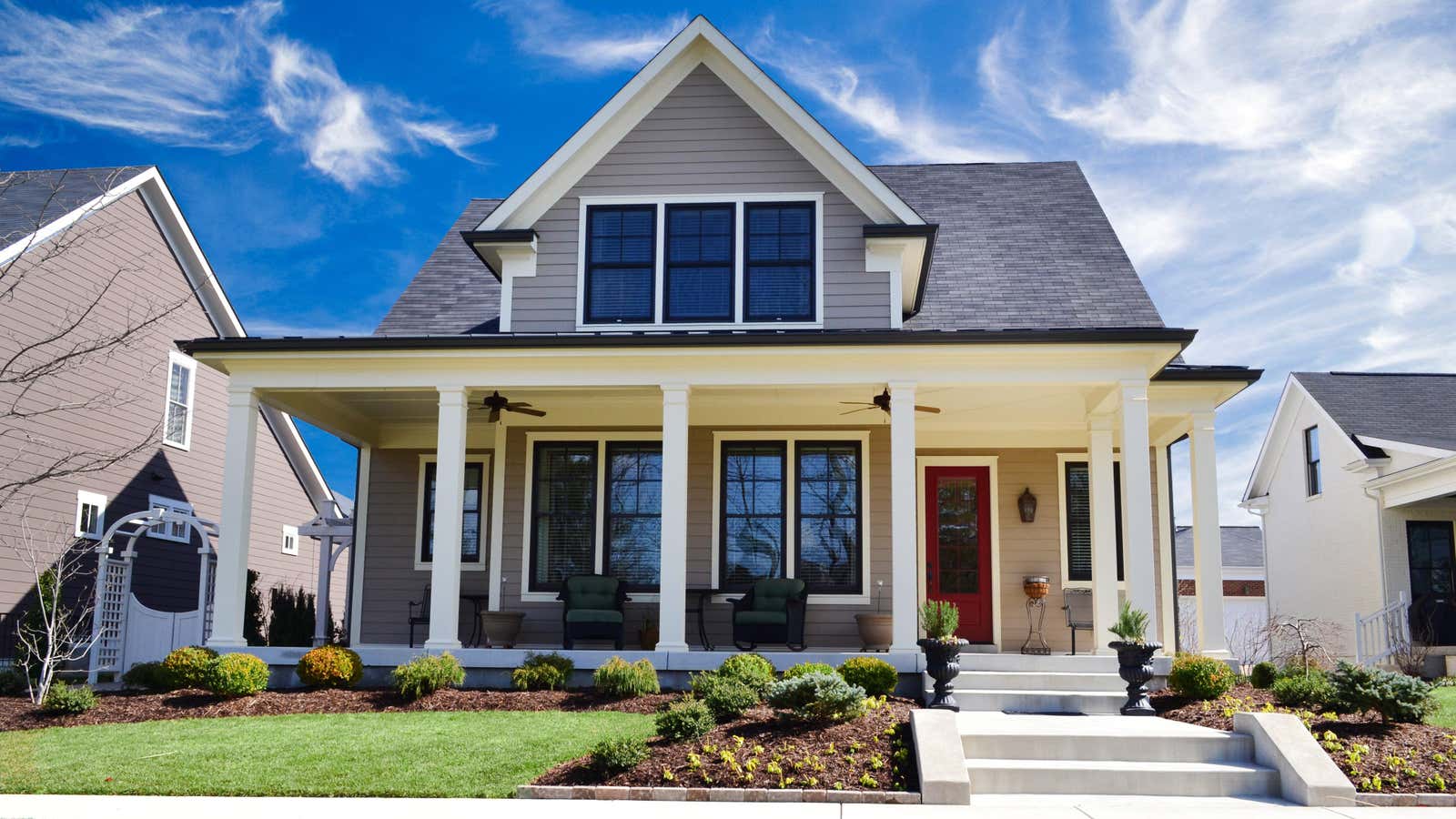How to “price” Your Home Without Paying Someone Else for It

A home appraisal is a standard step in the mortgage approval process. If you’re buying a home or refinancing your current one, your lender will likely need a professional appraisal to make sure your loan amount and home’s value match, and that you’re not paying too much for what you’re getting. Typically, the appraisal is paid by the buyer, who can shell out $250 to $500 to appraise a single-family home.
However, sellers often use estimates to determine how much to list their homes for. A professional may be your best bet here as well, as knowing the true value of your property can be worth several hundred dollars. But if you’re just wondering how much your home is worth – especially after a couple of years in this crazy market – you can make an educated guess based on a bit of internet research.
What to Include in a DIY Assessment
First, you will need statistics : the size of your property or lot, the area of your house, the year it was built, the number of bedrooms and bathrooms. As a rule, newer and larger houses cost more. You should also note the following:
- Location: Is your home in an area with many amenities? Is it possible to walk? How is the school district? What is the crime rate? Are you located near the city or in a more suburban or rural area?
- Layout: In addition to size, the layout of your home, such as an open concept, can also affect the cost.
- Condition: Newly renovated and move-in ready homes tend to have a higher value than refurbished homes. Are the main systems (such as HVAC, plumbing and water heater) and structural elements (roof and foundation) in good condition or in need of repair? Is there any unrepaired damage?
- Modernization: A remodeled kitchen, new windows, or an added bathroom can certainly increase your home’s resale value , although the return on investment is not always 100%.
- Extras: Solar panels, pools, fireplaces, outbuildings, and additional living units can make your home stand out and add value.
- Appeal: The look of your home matters too , especially if you’re actually planning to sell it. Consider things like poorly maintained landscaping, peeling paint, and aging fences.
List it all on a spreadsheet so you can easily compare with other homes in your area.
How to calculate the value of a house
Once you have all of the above information, look for other similar properties to compare with real estate listing sites such as Zillow, Redfin or Realtor.com.
Find homes in your area or by zip code that have sold in the last three to six months – the later, the more accurate your estimate will be. Pick the ones that are most similar to you in age and size, as the selling price of a 5-bedroom, 4-bath home built in the last decade won’t help much if your 2-bedroom, 1-bath home is from the 1950s. Record this information, including year built, number of bedrooms/baths, square feet, and selling price, next to your home’s statistics.
Then calculate the average price per square meter of comparable homes. This is often included in the list of online sales. You can use this to get a rough estimate of the value of your home. If the average price per square foot in your area is $300 and your home is 1,500 square feet, your home’s estimate is $450,000.
This is a good starting point, and then you’ll factor in additional rooms and bonus features, as well as any negative factors such as a roof that needs to be replaced. A renovation cost versus cost report can give you an idea of how much value certain repairs and upgrades add, or google specific issues to see how much issues can lower your price.
Again, it can be difficult to get an exact number without professional help, but this will at least help you get close.